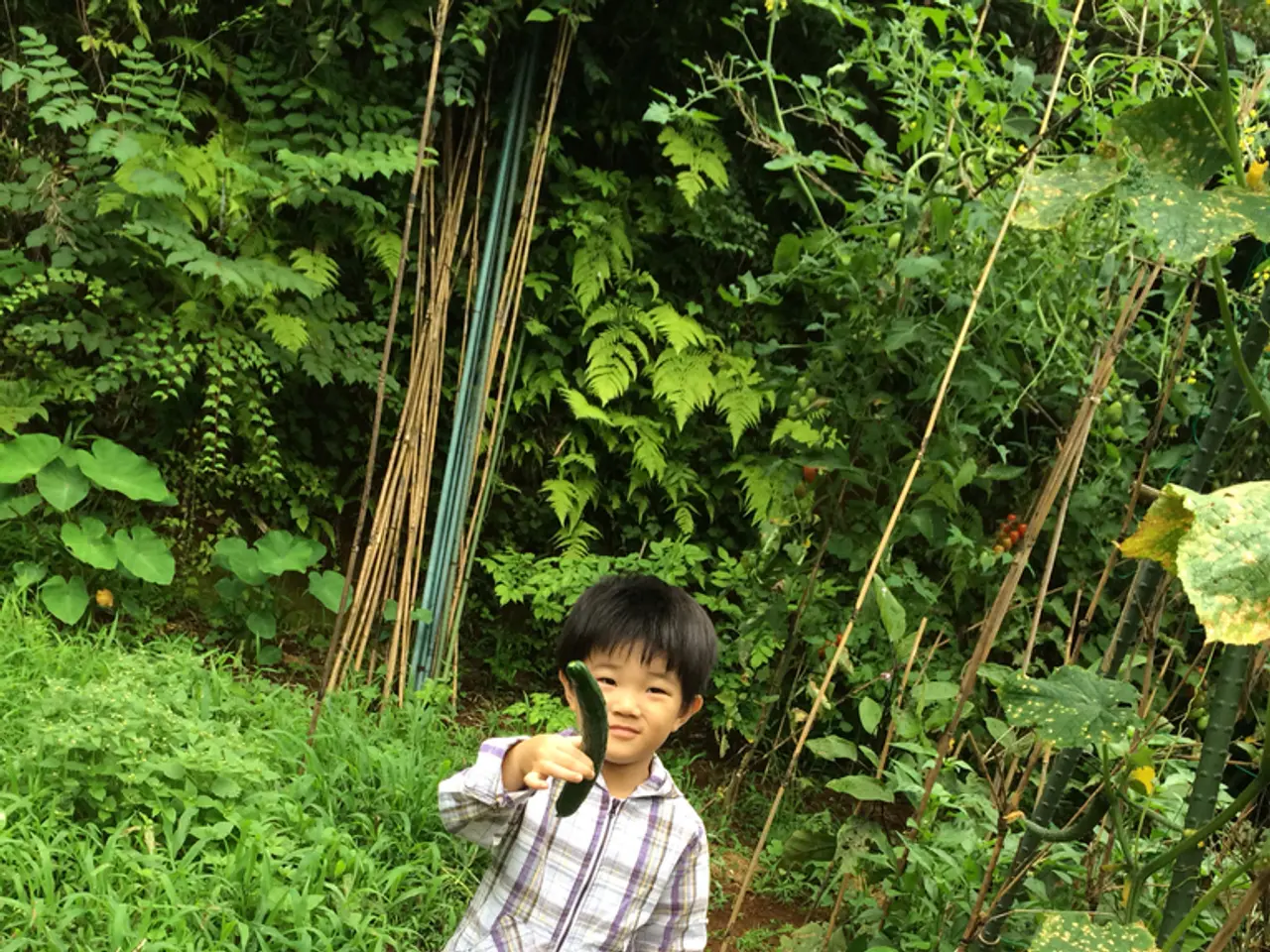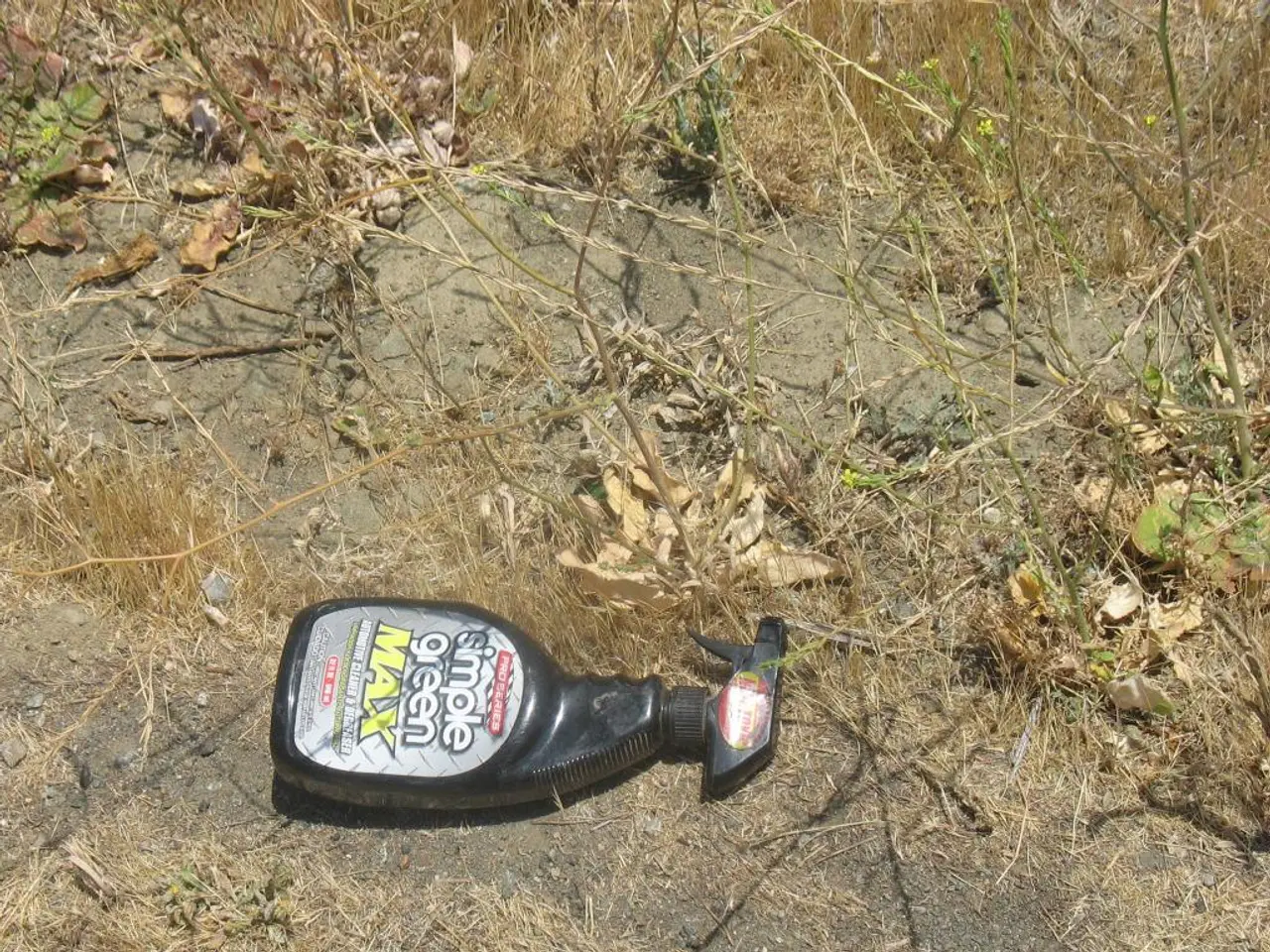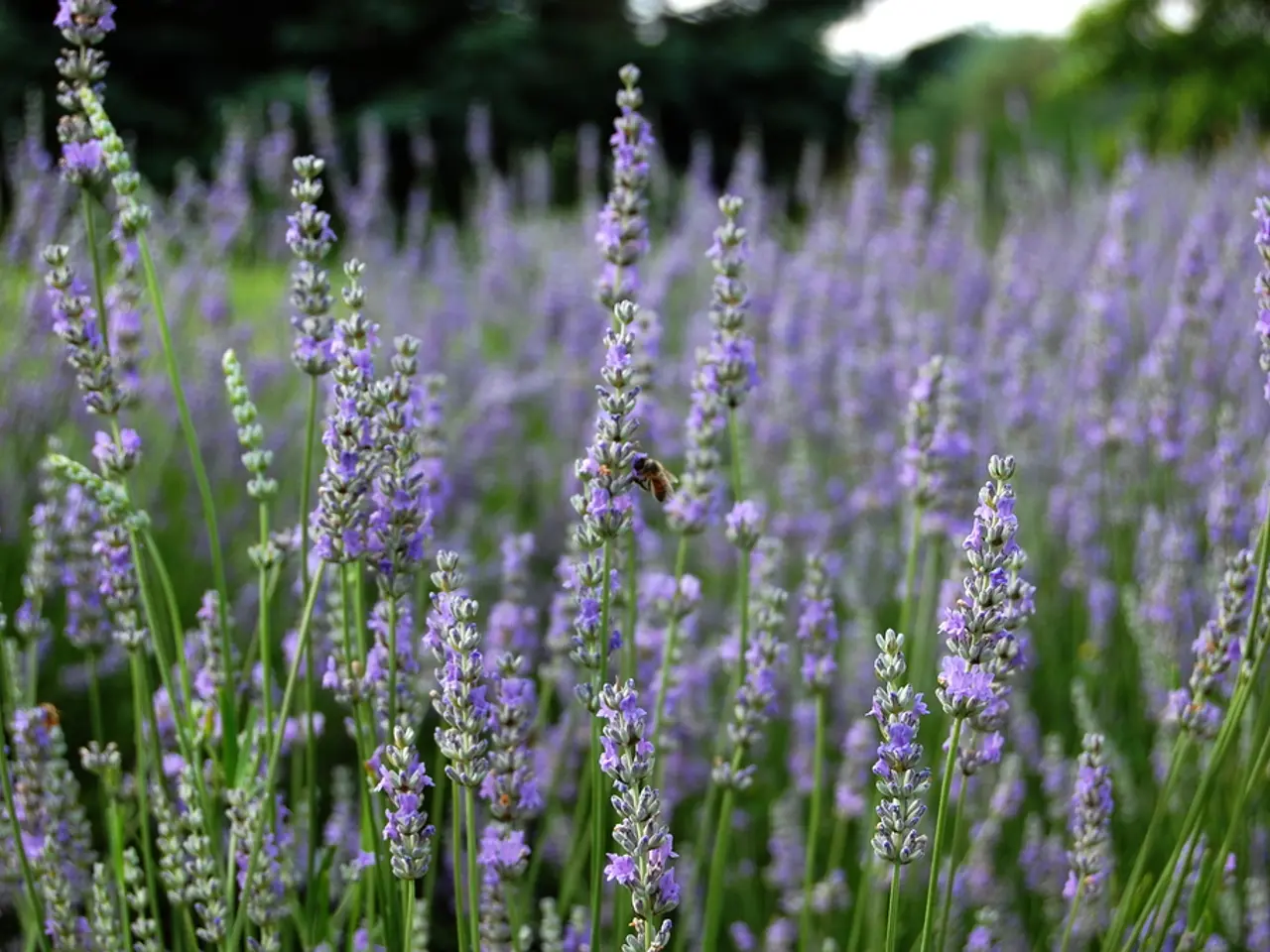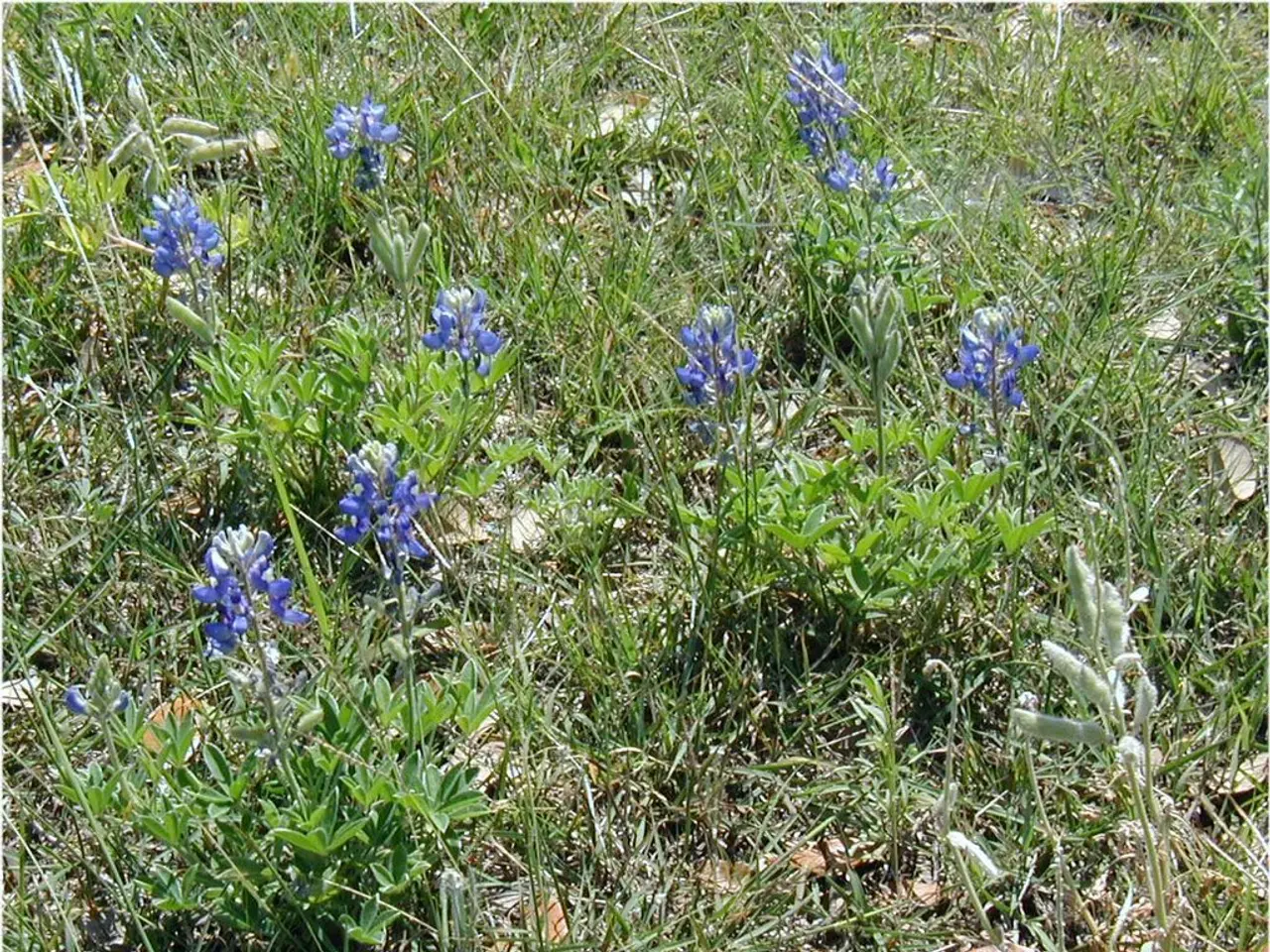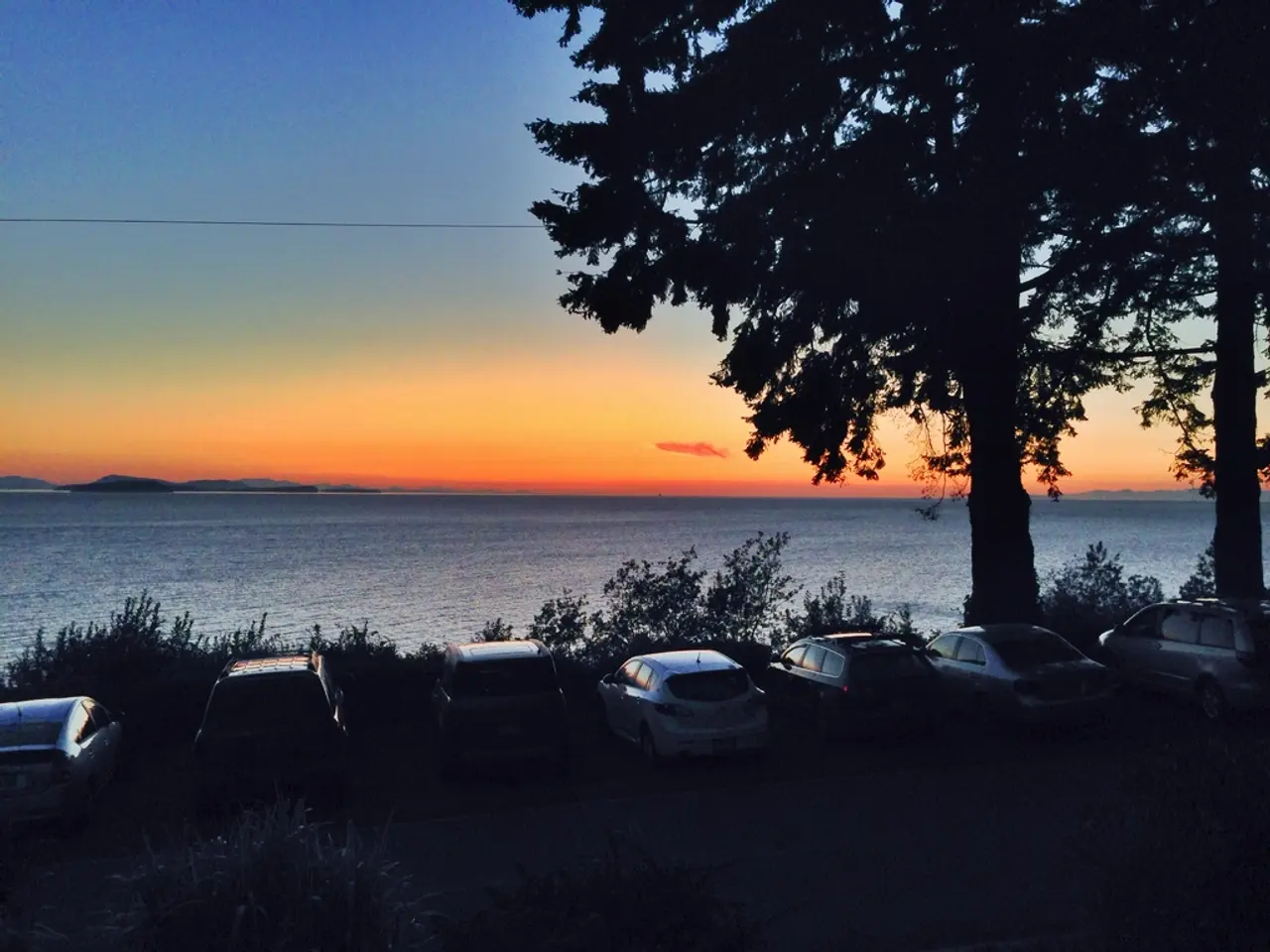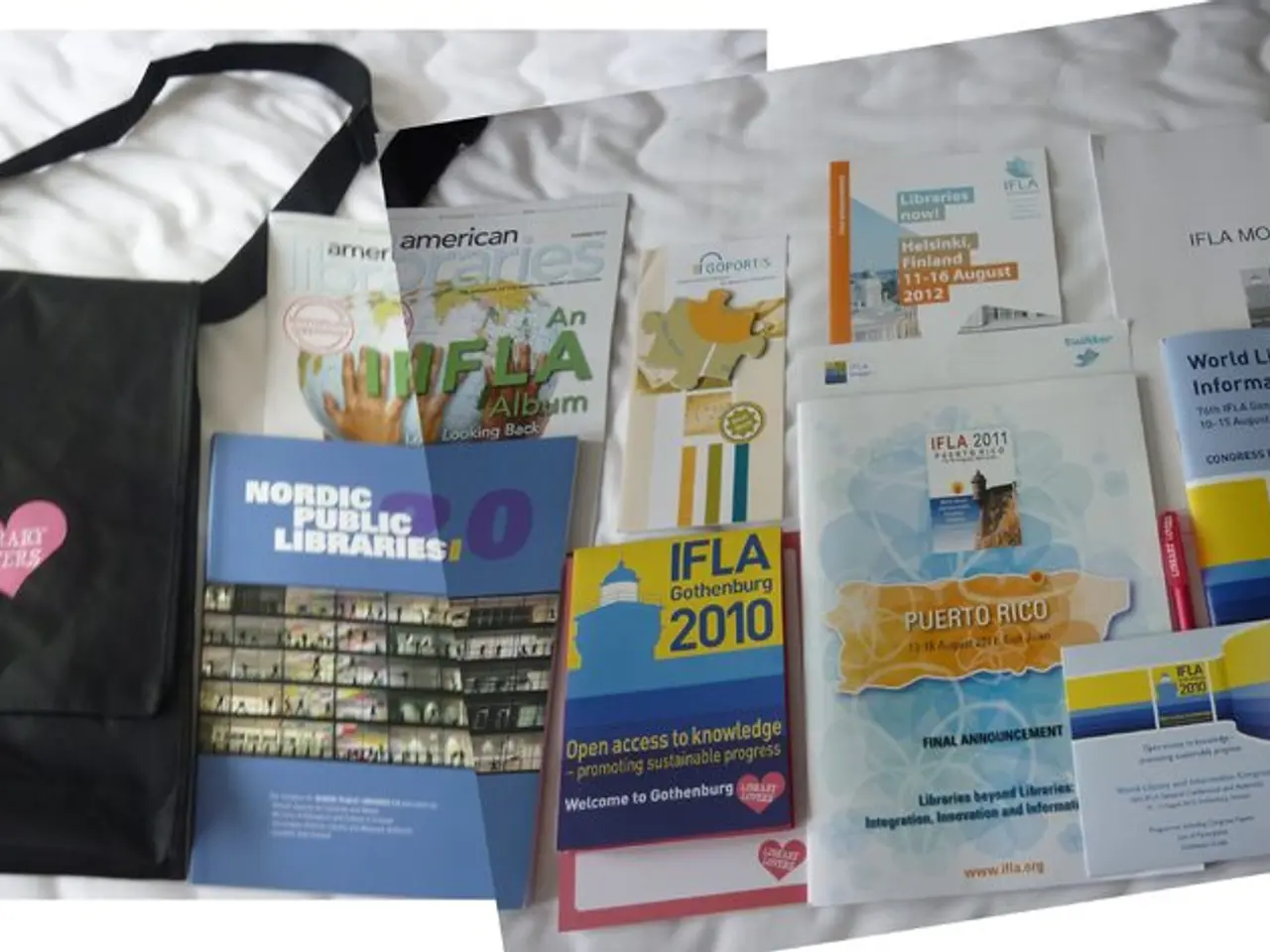Wild Food Foraging for Novices: Comprehensive Guide to Launch Your Foraging Adventure
Foraging, the ancient practice of harvesting wild edible foods and other items in nature, has seen a resurgence in popularity. With more people seeking to connect with their surroundings and embrace a healthier, more sustainable lifestyle, foraging offers an exciting opportunity to discover nature's hidden bounty.
For beginners, it is essential to focus on plants that are easy to identify and safe to consume. Expert guides recommend the following options:
* Blackberries: Recognizable by their clustered dark berries on thorny bushes and widely available in the wild, blackberries are not only safe but also nutritious. * Dandelions: With their distinctive yellow flowers and toothed leaves, dandelions are very common and edible from flower to root. They have no poisonous lookalikes. * Stinging Nettles: Although they can sting, once cooked, stinging nettles are edible and highly nutritious. They are recognized by their serrated leaves and square stems. * Wild Garlic: With its strong garlic smell, wild garlic is easy to identify, and safe to eat when correctly identified. * Elderflowers: The large, flat clusters of tiny white flowers are distinctive and used in cooking and drinks.
Other safe foraging options for beginners include clover, cattails, and wild garlic.
When venturing into the world of foraging, safety should always be a priority. Here are some guidelines to follow:
* Never eat any plant unless you are 100% certain about its identification. Use multiple features like leaf shape, smell, flower, and location to confirm. * Start by learning 5 easy plants thoroughly before expanding your knowledge. * Use trustworthy field guides or apps, especially those tailored to your region, to assist with identification and safety. * Always avoid plants with dangerous lookalikes until you are experienced.
Foraging provides not only exercise and fresh air but also a wide supply of wholesome, nutrient-rich items. However, it is crucial to check if the land is legal for harvesting before doing so, as some private lands may prohibit it. Additionally, take only healthy plants and only what you need, leaving plenty for wildlife and the plants' reproduction.
With the right knowledge and precautions, foraging can be a rewarding and enjoyable experience for anyone. Whether you're looking to try something new and rare or simply want to connect with nature, foraging offers an exciting opportunity to explore the world around you.
Bonnie L. Grant, a professional landscaper with a Certification in Urban Gardening and a former professional chef, shares her passion for edible landscaping through her writing. Her expertise in foraging and gardening can help guide you on your foraging journey.
[1] Grant, B. L. (2021). Foraging for Beginners: A Guide to Identifying and Enjoying Wild Edibles. [Book]. [2] Peterson, L. A. (2019). A Field Guide to Edible Wild Plants: Eastern and Central North America. [Book]. [3] Rodale's Illustrated Encyclopedia of Herbs. (2000). Rodale Books. [Book]. [4] Stuckey, D. (2018). Foraging: A Beginner's Guide to Finding and Identifying Edible Wild Plants. [Book]. [5] Weiss, M. (2014). Edible Wild Plants: A North American Field Guide to Over 200 Natural Foods. [Book].
Incorporating foraging into a home-and-garden lifestyle is a viable option for those seeking a healthier, more sustainable lifestyle. With the guidance of expert guides like Bonnie L. Grant, a professional landscaper and urban gardener, beginners can safely forage for edible wild plants such as blackberries, dandelions, stinging nettles, wild garlic, and elderflowers, found in their local environments.

